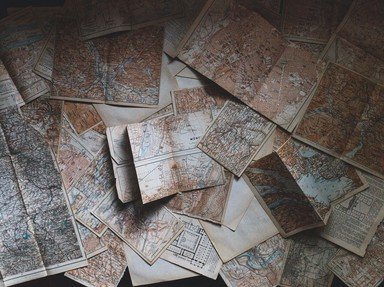Quiz Answer Key and Fun Facts
1. What iconic European religious building was consecrated on 28 December 1065 - a few months before great changes swept through the country where it is located?
2. In 1137, King Louis VII of France married a beautiful and wealthy heiress, who would later become Queen of England. Who was this remarkable lady?
3. The origins of the word "kamikaze" lie in medieval Japanese history, when in 1274 and 1281 two typhoons dispersed the naval fleet of which powerful invaders?
4. Around 1312, Musa I became the ninth "mansa" (ruler) of the powerful Mali Empire. What is his main claim to fame?
5. In 1474, "De honesta voluptate ac valetudine" by Italian humanist Bartolomeo Platina appeared, the first printed example of what kind of book (likely to have been popular in the author's home country)?
6. What is widely considered the deadliest earthquake in recorded history occurred in 1556 in which large country - sadly quite prone to natural disasters?
7. In 1671, French police were granted the right to search houses for what items during Lent?
8. What entertaining North American metropolis was founded by a group of 44 settlers known as "pobladores" on 4 September 1781?
9. The first industrial oil refinery was built in 1856 in the city of Ploieşti, located in which Eastern European country - home to an infamous Count?
10. Which staple of New York City transportation opened in 1950 in the heart of Manhattan?
Source: Author
LadyNym
This quiz was reviewed by FunTrivia editor
trident before going online.
Any errors found in FunTrivia content are routinely corrected through our feedback system.
